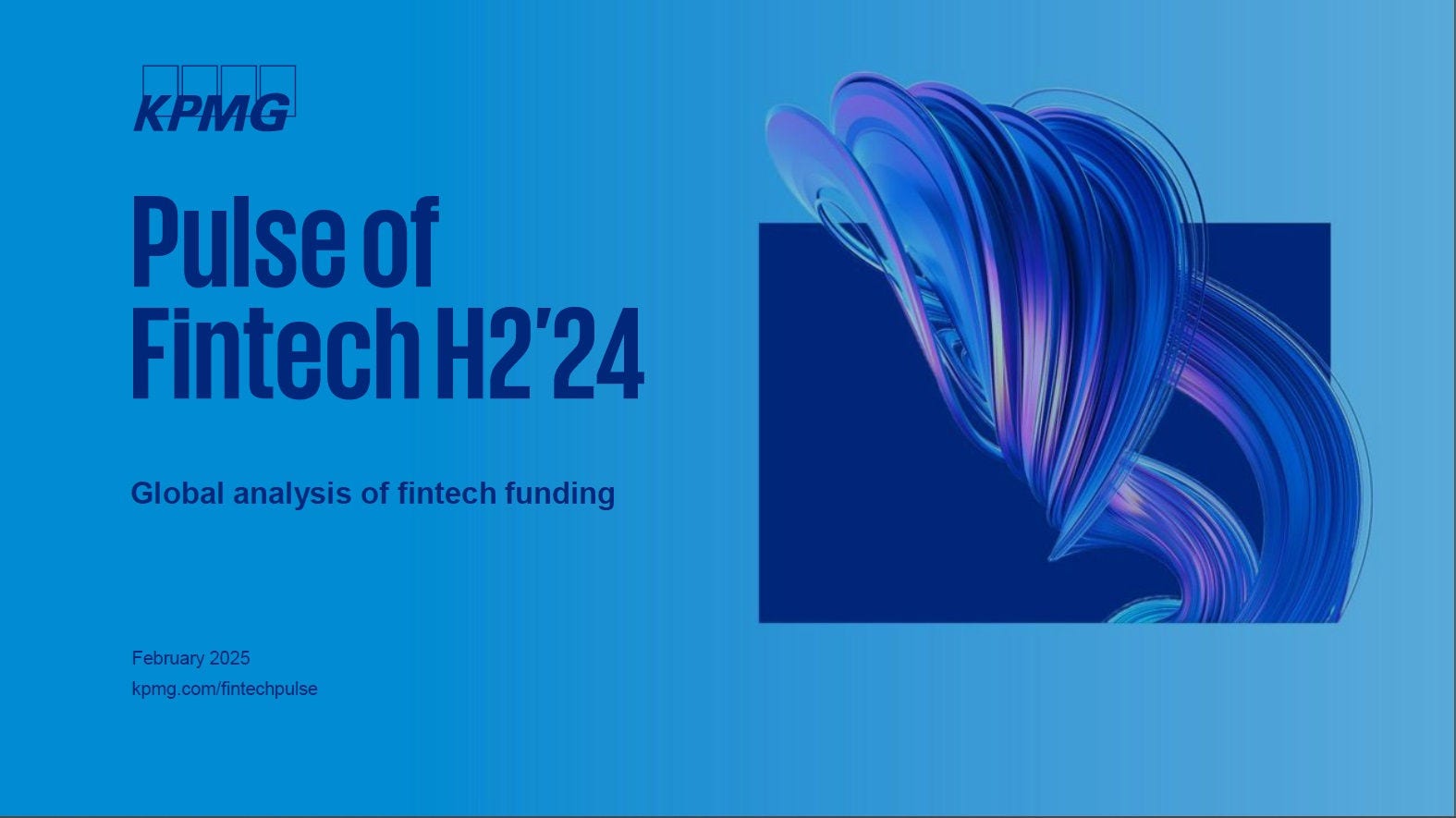Fintech funding in ASPAC region falls to ten-year low
Total fintech investment in the ASPAC region fell to $11.4 billion in 2024 — the lowest level seen since 2014; the decline was driven by several factors, including geopolitical uncertainties associated with the mass changes to governments globally, the continued focus on efficiency and cost cutting among many corporates, and the continued softness in China’s fintech sector. The payments sector remained quite a hot area of investment throughout the region, while lending-focused solutions continued to struggle.
Pulse of Fintech H2’24
Total fintech investment in China dropped from $2.6 billion to just $687 million between 2023 and 2024, while investment in India slipped from $4.4 billion to $4.1 billion. Other jurisdictions saw more positive results; Australia saw fintech investment more than double from $839 million to $2.1 billion year-over-year, while investment in Japan held steady at $662 million.
Key H2’24 highlights from the Asia-Pacific region include:
Biggest deals in H2’24 come outside of China and India
During H2’24, growing fintech hubs attracted the five largest deals in the ASPAC region, including a $788 million VC raise by Philippines-based digital payments firm platform Mynt, the
$539 million acquisition of Australia-based credit analysis firm Illion by Experian, a $229 million raise by Japan-based lending company Gojo & Company, the $197 million acquisition of Australia-based investment research company Lonsec by Generation Development Group, and the $154 million acquisition of Malaysia-based payments services company GHL Systems by NTT Data Payment Services.
Interest in AI-driven solutions on the rise, particularly in the regtech space
Fintech investors in the ASPAC region showed increasing interest in AI-driven solutions within the financial services sector. While this interest has not yet translated into significant deal value, it is an area expected to see rapid growth; regtech will likely be the first major target of AI-focused fintechs in the region — particularly in areas like risk and controls — in addition to operational activities like marketing and customer services as companies look to become more efficient.
Continuing focus on the development of digital currencies, assets, and infrastructure
In 2024, there continued to be a significant push to develop digital financial markets infrastructure, digital currencies, and digital assets within the ASPAC region. Several major projects including Agora, mBridge, Guardian, Ensemble, Orchid, and GL1 have evolved primarily in ASPAC, driven by partnerships between local and global organizations. During H2’24 in particular, Hong Kong launched the second phase of its e-HKD pilot scheme.
Five Finance Strategy driving focus of fintech investment in China
Fintech investment in China remained dry in H2’24, with much of the investment going to startups working to enable traditional financial institutions, particularly around the pillars of China’s Five Finance Strategy (i.e., technology finance, green finance, digital finance, inclusive finance, and elder finance). During H2’24, there appeared to be growing interest in IPO exists among mature fintechs; whether these exits materialize will be something to watch for in 2025.
Strategic M&A still a key focus
Strategic M&A continued to be a focus for fintech investors in the ASPAC region during H2’24, particularly among corporates and other providers looking to gain scale benefits and smaller startups looking to merge to become more competitive.
Trends to watch for in H1’25
- Increasing investment outside of China as macroeconomic conditions improve.
- Growing focus on generative AI and on AI-enablement, but particularly in China.
- Several central banks across the ASPAC region finalizing pilots or moving beyond pilots and into production during 2025.
- China-based fintechs beginning to look at IPO opportunities again.
Our People
Karim Haji
Global Head of Financial Services, KPMG International, Head of Financial Services, KPMG in the UK
KPMG in Luxembourg





